20 Studio Setup Tips – Part Two
We continue our massive collection of studio setup tips here… 11: Find Gear Online If you are working in your own space, it can be good to have at least a few bits of real equipment instead of just a load of software. It’s true, you’re unlikely to find a Fender Rhodes for a few […]
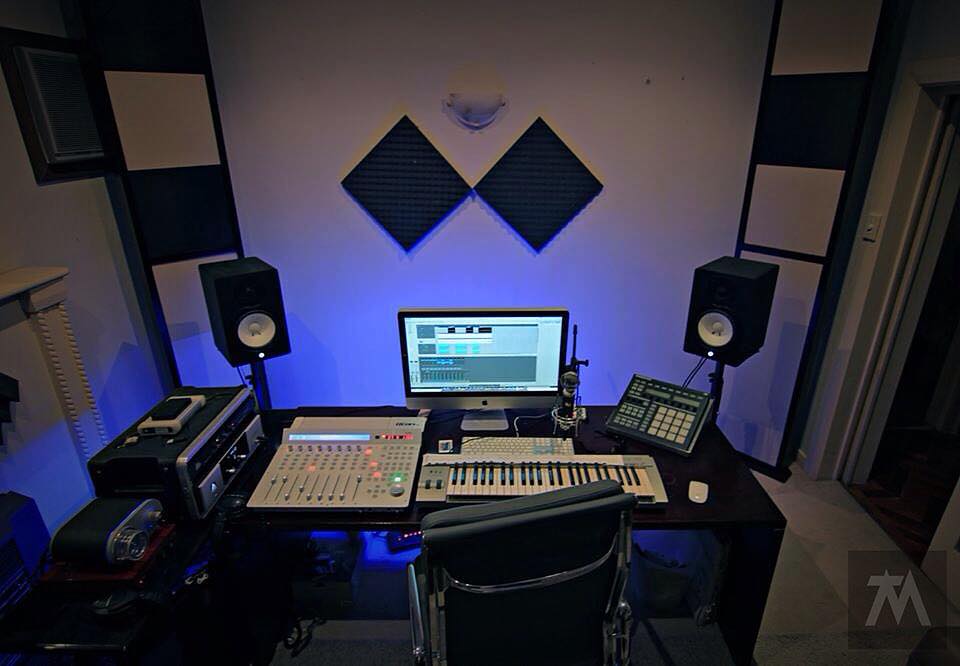
We continue our massive collection of studio setup tips here…

11: Find Gear Online
If you are working in your own space, it can be good to have at least a few bits of real equipment instead of just a load of software. It’s true, you’re unlikely to find a Fender Rhodes for a few quid, but looking online can net some bargains, such as hardware mixers, mics, guitars and other hardware that you can give your productions a unique sound.
12: Look For Bundle Deals
When you’re getting started, you will need to get a few bits of kit in a relatively short space of time, which can be expensive. Sometimes, you can find bundle deals which save money, especially when it’s all stuff you needed to buy anyway. Look especially for audio interfaces bundled with DAWs, plug-ins and loop collections, and mics bundled with pop shields and stands.
13: Remember the Mastering Stage
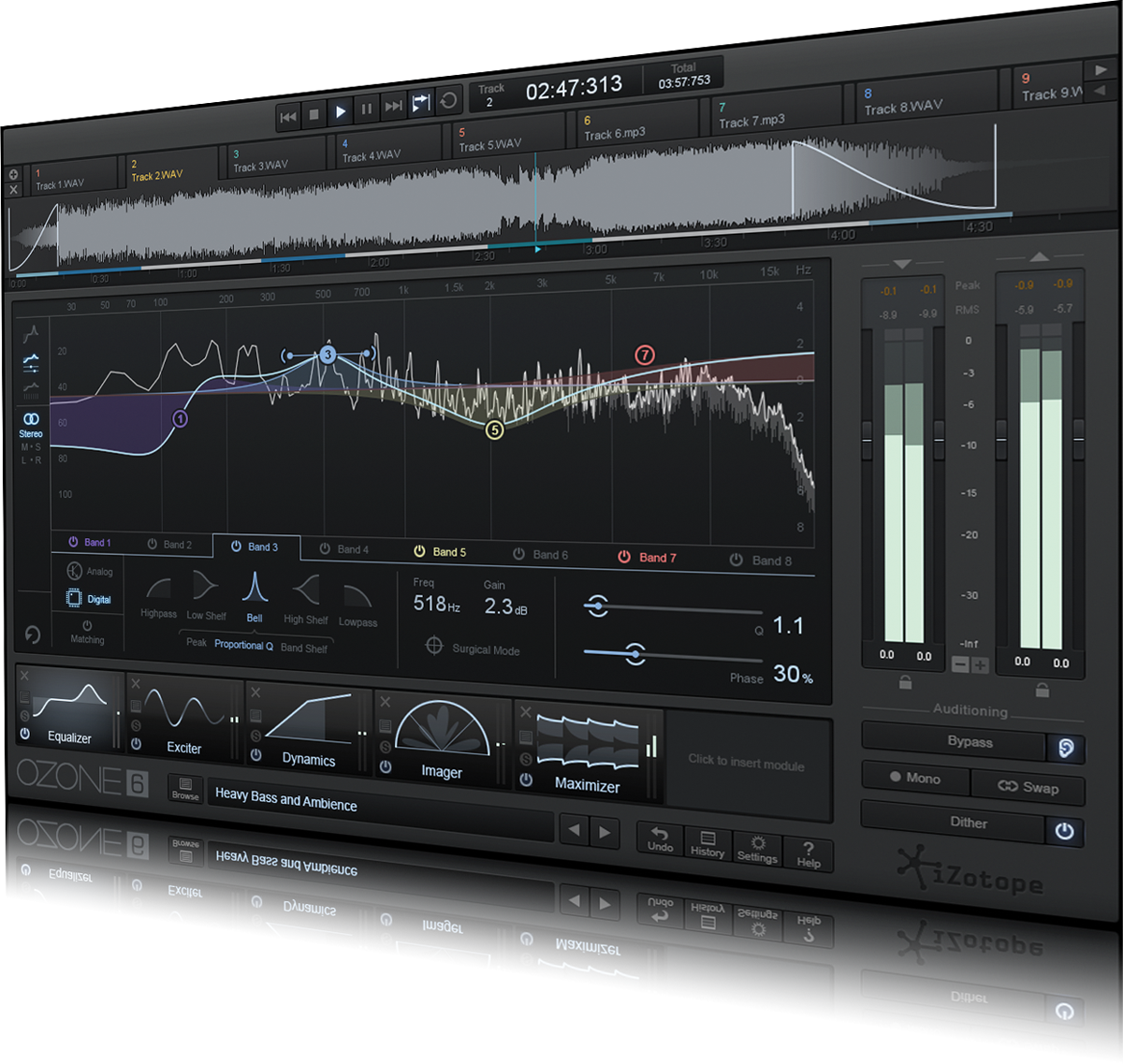
If you feel confident in mastering your music yourself, you’ll need the tools to do it. It’s possible to chain together a compressor, EQ and limiter in your DAW as inserts, but a better bet is to get a dedicated mastering suite such as T-RackS or Izotope’s Ozone. Remember, you’re giving your tracks a final polish before they’re unleashed on the world.
14: Get a Good MIDI Controller
Most people will spend at least part of their time working with MIDI tracks, and while a basic MIDI keyboard is very affordable, you should think about whether a few extra pounds might get you some more features that might come in handy. Stuff such as faders, drum pads and dials. These are quite common, and can help to enhance your creativity.
15: Invest in Vocal Recordings
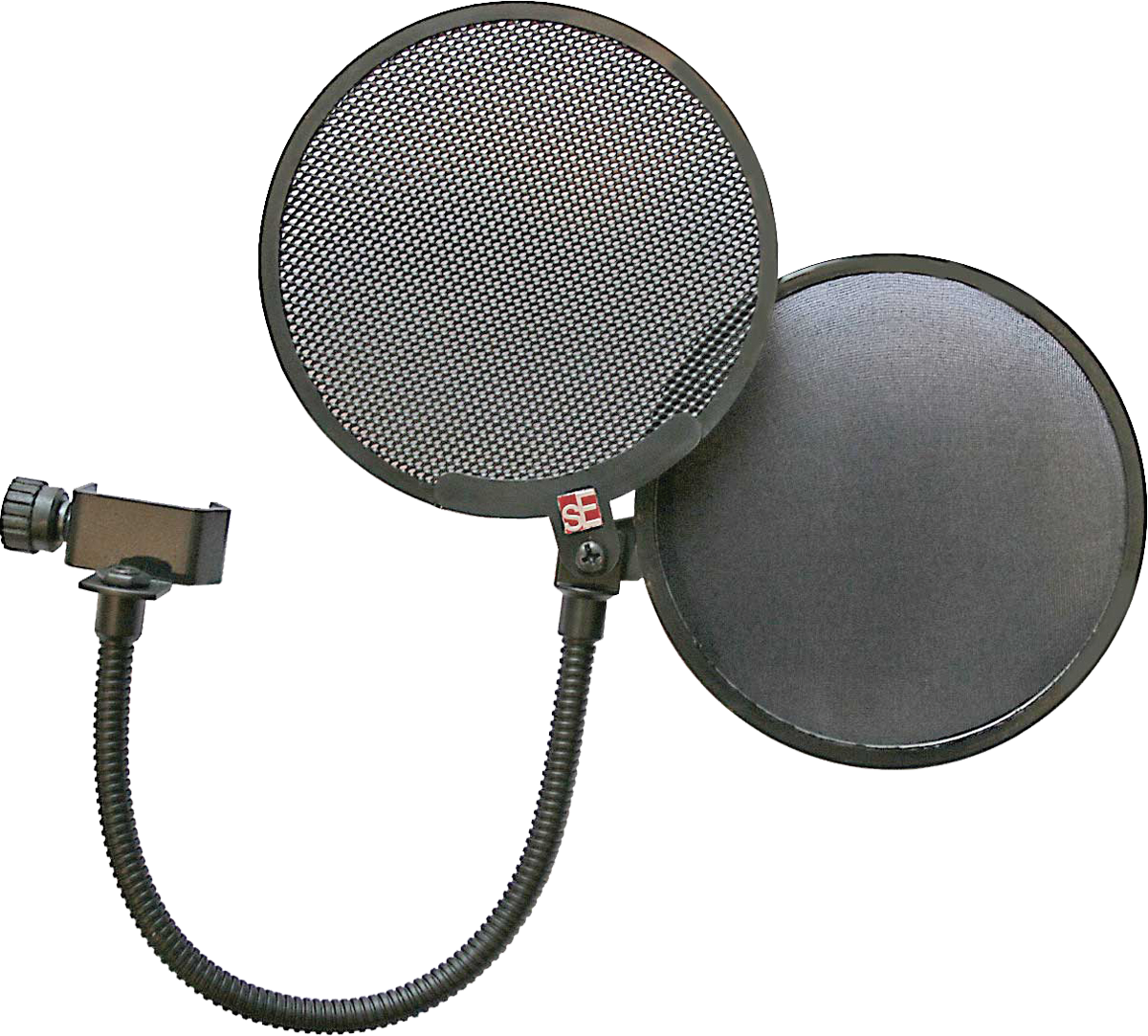
As well as a decent mic, get a pop shield and possibly also a portable acoustic isolator such as sE’s SPACE, or something similar. These will allow you to make much more accurate and pro-sounding vocal recordings, regardless of the physical space you are in. They basically take the room out of the recording.
16: Try Before You Buy
With some software and plug-ins, demo or trial versions are available. These are a great way to see if something is going to be suitable for you before deciding whether or not to buy it. The same isn’t true for hardware, of course, though auditioning kit in a music shop is highly recommended.
17: Take Advantage of Audio Analysis
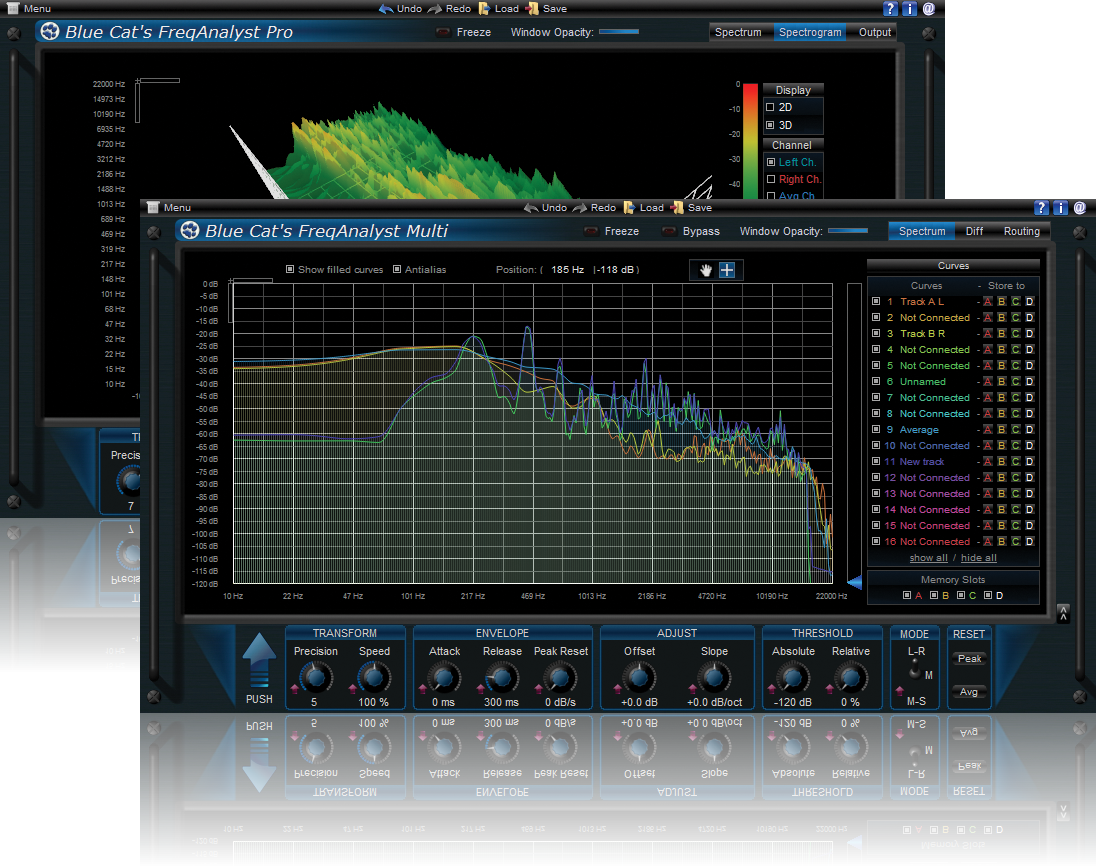
Most studios are less than perfect, acoustically speaking. Using an audio analysis plug-in strapped across the master output buss of your DAW can give you a much better idea of what’s actually going on in your signal than the combination of the room and your ears.
The bass might sound boomy, but the analyser may well show it to be fine, in which case you know it’s the room that’s at fault. Some DAWs come with an analysis plug-in, and Blue Can Audio makes some great ones.
18: Invest in Some Decent Headphones
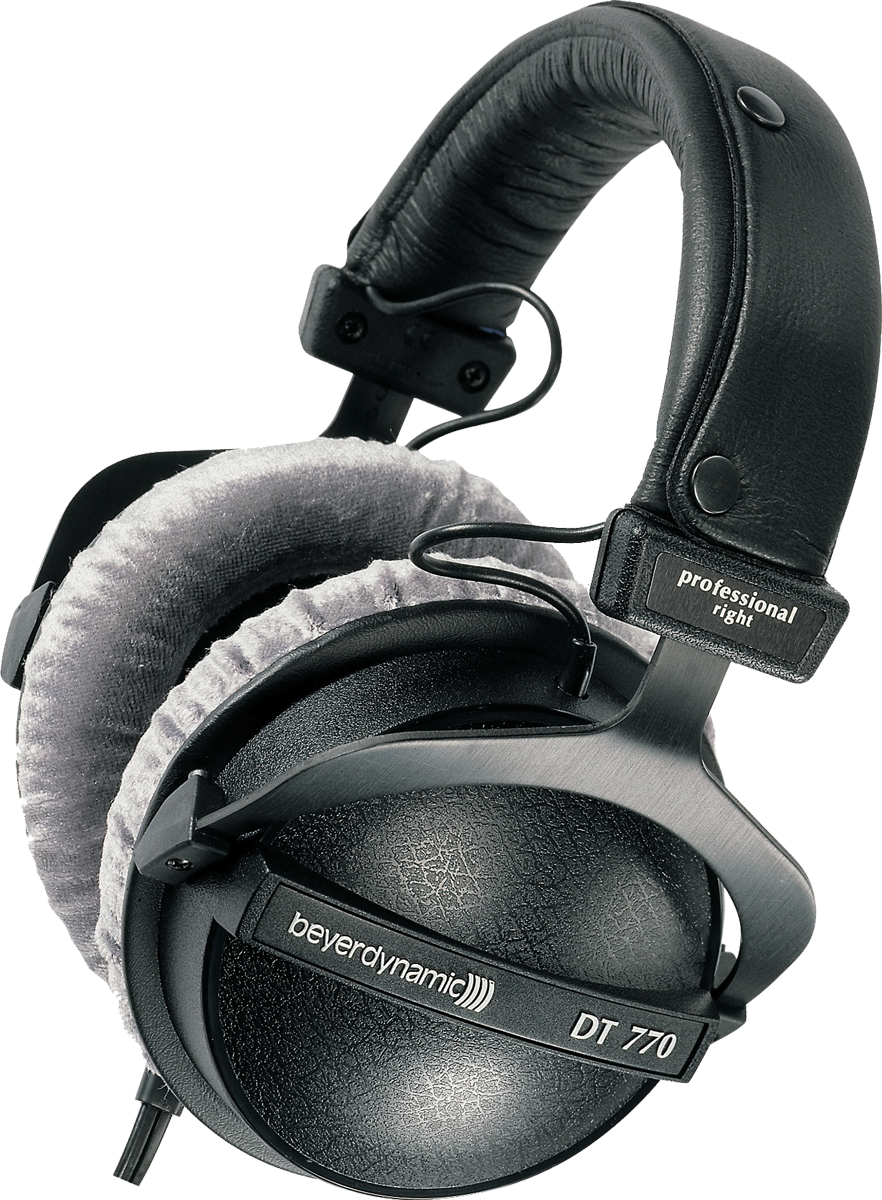
Whether you’re monitoring during recording or working late at night and need to keep things quiet, a good pair of headphones is crucial to any music setup.
You don’t have to spend a fortune, but be sure to get some pro audio ones. Again, auditioning in a store can help. It’s also important to test your mixes and masters on headphones, since so many people now consume music
in this way.
19: Mash-up Tools can help Your Creativity
You may have recordings or samples in your collection, but a mash-up tool that can slice and dice your audio and create new patterns and beats out of it can breathe lots of new life into even the most staid of sounds. Izotope’s BreakTweaker and Sugar Bytes’ Turnado are just a couple of examples that might revolutionise your sample library.
20: Smaller Can Be Better
There are an increasing number of small hardware synths around that offer unique sound and tweakability in a much smaller and more affordable package than you might once have had to buy. Teenage Engineering makes some natty little pocket synths,and Arturia produces the MiniBrute, among several other examples. Small hardware synths can sound great and they’re becoming very popular